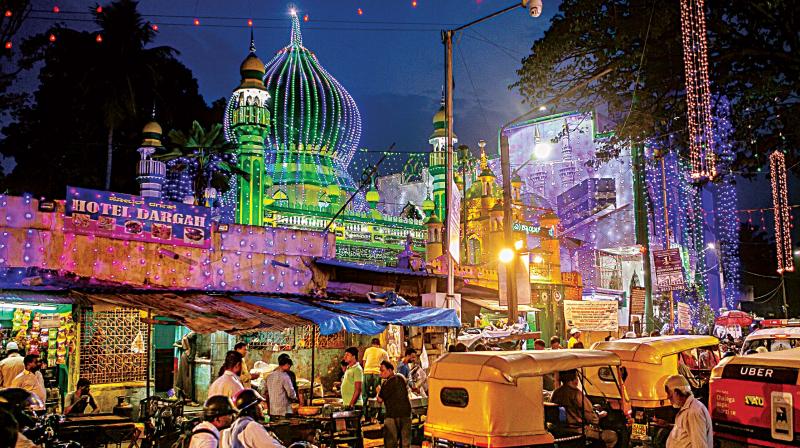It was a time of winter, a time of rain

In 2014, Andre Lutzen arrived in India for the Kochi Muziris Biennale. This was in the midst of his photographic living space project, which took place in Hanoi and Russia. It marked his first visit to the country, one that made him admittedly nervous. Would he fit in? It was to be a month-long stay as part of a residency organised by the Goethe Institut. However, foreign lands, the new and the exotic, have always attracted the German photographer,or so it seems. His work, most of it done in a documentary style, seeks out the universal and the familiar in the most extraordinary circumstances, from Kochi to the Arctic Circle.
Rich in detail and colour, these are story photographs, where Lutzen himself tries to stay in the shadows as much as he can. This is his way of adhering to authenticity, of ensuring that the subjects in his photographs aren't merely responding to his presence. The photographs appear almost staged and Lutzen, like several other documentary photographers, believes that fiction is sometimes closer to the truth than a real-life portrait. His latest exhibition at the Goethe Institut deals with an all too-familiar subject. 'Climate' and 'sustainability' are often bandied around as buzzwords, influencing art across mediums. Where does one draw the line between art and a social cause, however? That's whhat Lutzen hopes to do, taking a markedly creative approach to climate change. A Tale of Three Cities comprises 90 photographs focussing on three cities with very different weather conditions. Here, Lutzen asks the fundamental question: The climate might be changing, but how does it affect us, really? Here, he looks at Kochi, Arkhangelsk in North-West Russia and Khartoum in Sudan.
Kochi, where he went during the monsoon, contains all the drama of the coastal rains. Arkhangelsk provides a tastes of some of the world's harshest winters - this city in northwest Russia has freezing temperatures for eight months a year. Both cities allow him to do what he loves best: delve into the nuances of life, drawing comparisons between what happens indoors with life outdoors. In Arkhangelsk, people live in pre-fab buildings, made to withstand the extreme cold outside. Khartoum, on the other hand, is built around the spot where the Blue Nile and the White Nile rivers converge. Whether we realise it or not, the weather dictates our lives, our homes and our tempers in more ways than we can imagine.
In Hanoi, he moved through the cramped quarters in which people live - during the day, they scramble out onto the streets and pavements hoping to escape the oppressive heat. Windows are left ajar and living rooms open out directly onto the streets. A great contrast from the huddled atmosphere in Russia. Through the interplay of weather conditions, Lutzen explores life in this humanised take on climate change. He refrains from the doomsday prophecies, melting icebergs and despondent polar bears that dominate the mainstream narrative. Instead, he explores the many rigors of day-to-day living, managing to bring out the universality of being human. And these conditions persist everywhere.
What: Finissage - Living Climates: A Tale of Three Cities
When: June 10, 6.30 pm
Where: Goethe-Institut,
Max Mueller bhavan

